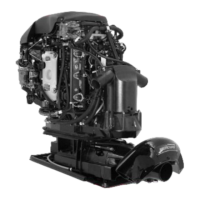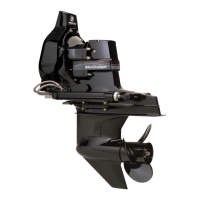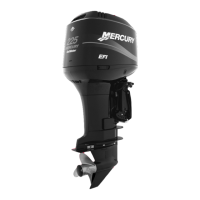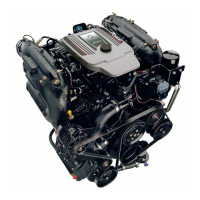EDI DIAGNOSIS
SERVICE MANUAL NUMBER 22
90-860074--1 FEBRUARY 2002 Page 5E-89
Troubleshooting Charts (Continued)
CONDITION POSSIBLE CAUSES CORRECTION
LUBRICATING
OIL PRESSURE
TOO HIGH
1. Pressure switch/gauge not
operating properly.
2. Engine operating too cold.
3. Oil viscosity too thick.
4. Oil pressure relief valve stuck
closed or binding.
1. Verify the pressure switch is
functioning correctly. If not,
replace switch/gauge.
2. Refer to “Coolant
Temperature Below Normal.”
3. Make sure the Correct oil
being used, (Refer to Group,
Lubrication and
Maintenance).
4. Check and replace valve.
LUBRICATING
OIL LOSS
1. External leaks.
2. Crankcase being overfilled.
3. Incorrect oil specification or
viscosity.
4. Oil Cooler leak.
5. High blow-by forcing oil out
the breather.
6. Turbocharger leaking oil to
the air intake.
7. Piston rings not sealing (oil
being consumed by the
engine).
1. Visually inspect for oil leaks.
Repair as required.
2. Verify that the correct
dipstick and/or correctly
marked dipstick is being
used.
3. (A) Make sure the correct oil
is being used.
(B) Look for reduced
viscosity from dilution with
fuel.
(C) Review/reduce the oil
change intervals.
4. Check and replace the oil
cooler.
5. Check the breather tube area
for signs of oil loss. Perform
the required repairs.
6. Inspect intercooler for
evidence of oil transfer
Repair as required.
7. Perform compression check.
Repair as required.

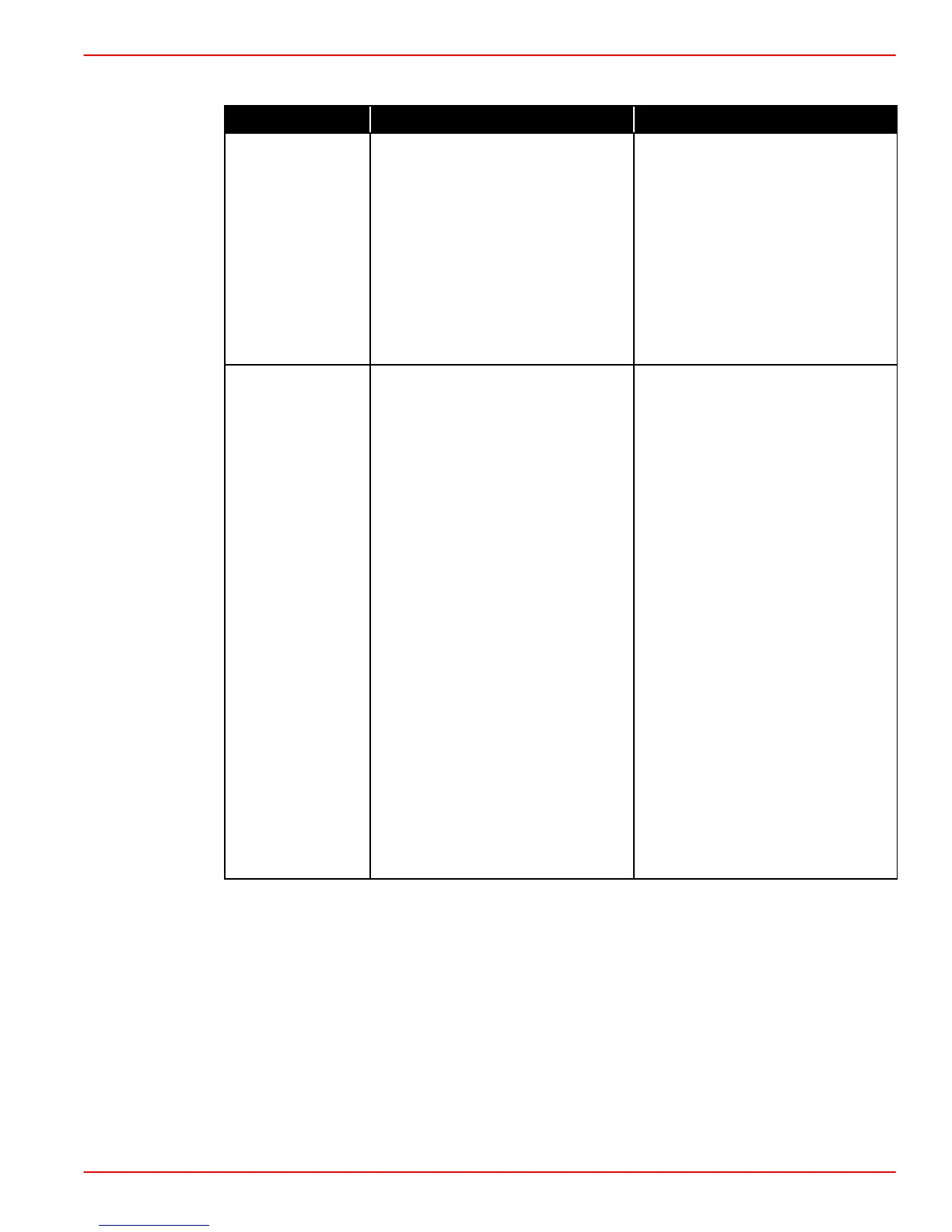